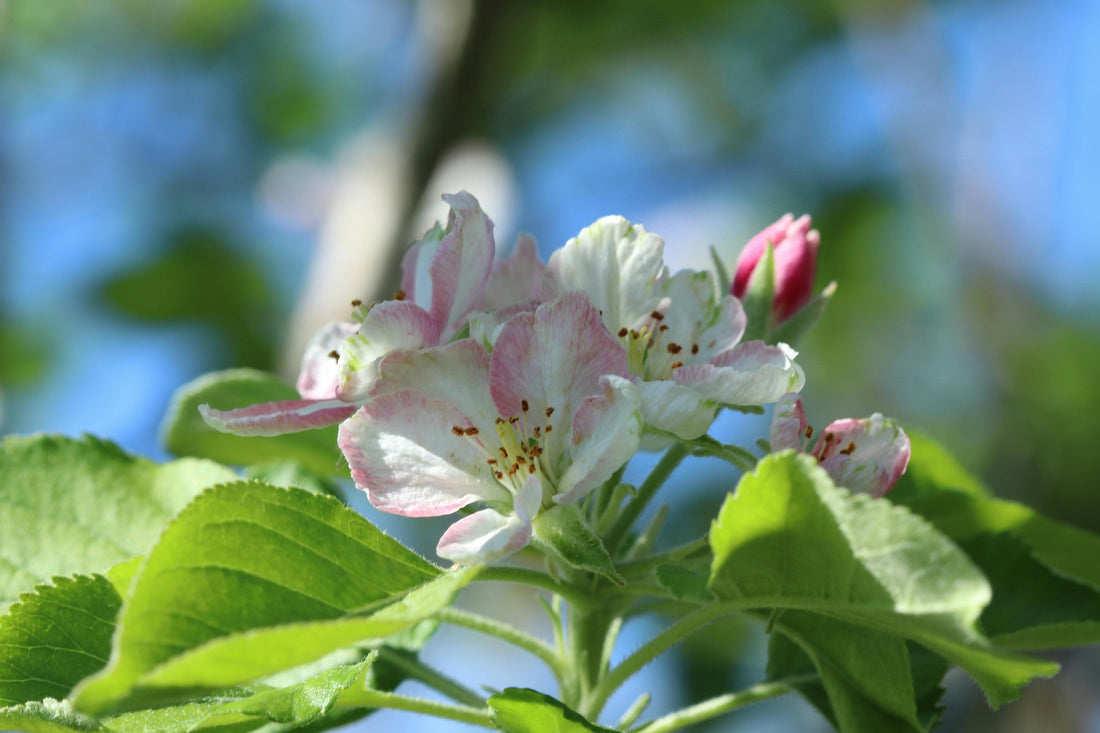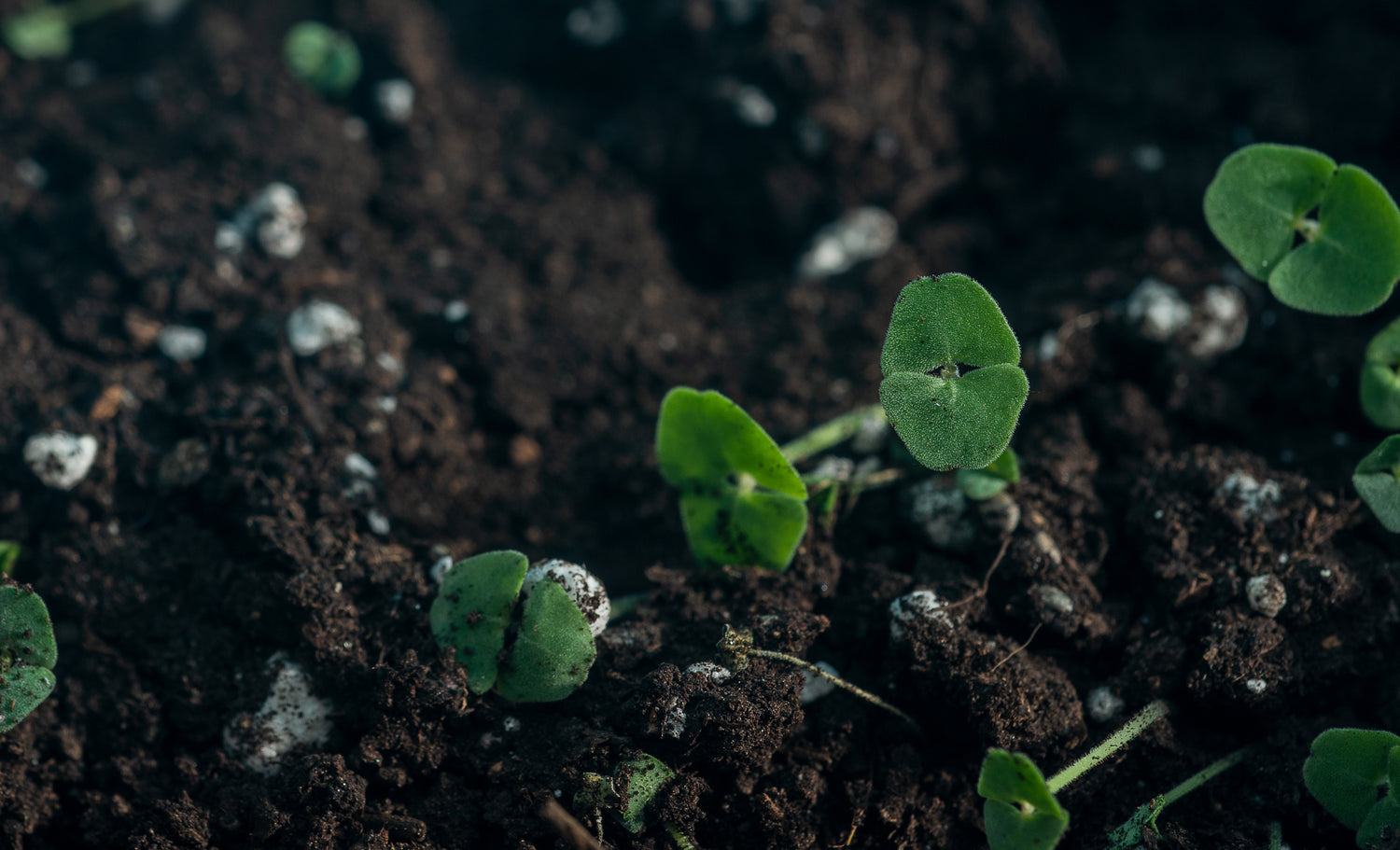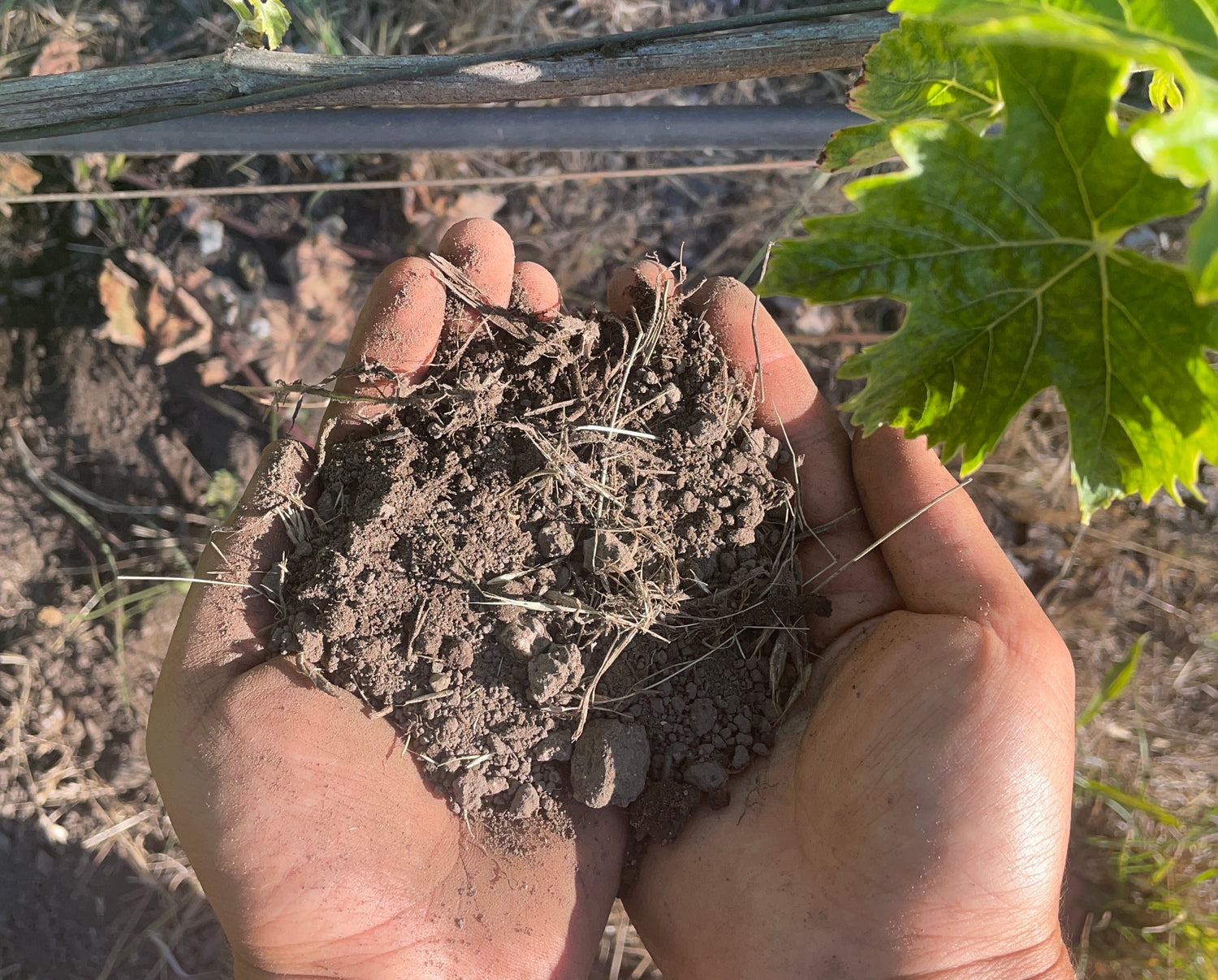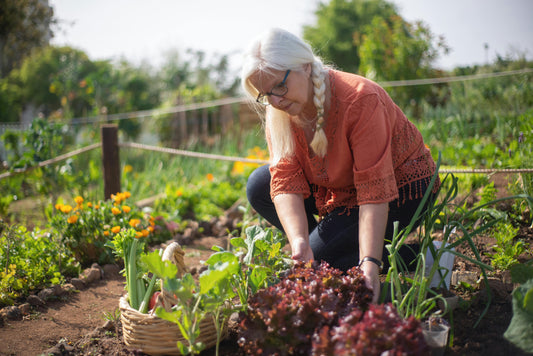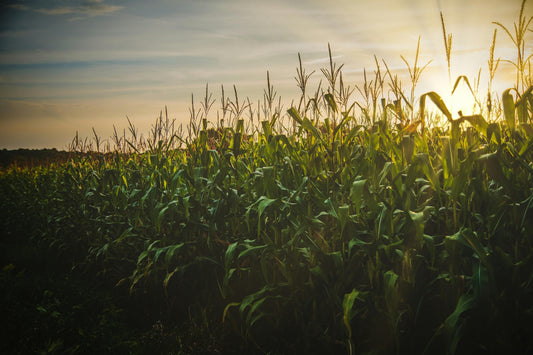San Antonio, Texas, at the junction of the Blackland Prairie, Edwards Plateau, and South Texas Plains, boasts a rich tapestry of soils—Vertisols, Mollisols, Alfisols, Entisols, Inceptisols, and Aridisols—each shaping agriculture, gardening, and urban development. Soil testing is key to understanding these soils’ properties, optimizing land use, and promoting sustainability.
Why Soil Testing Matters in San Antonio
Soil testing assesses pH, nutrient levels, organic matter, and texture, providing critical data for gardening, farming, and landscaping. San Antonio’s diverse soils, from clay-rich Vertisols to rocky Entisols, vary in fertility, drainage, and water retention, impacting plant growth and land stability. A 2024 Texas A&M AgriLife report emphasizes that 60% of urban gardens in San Antonio face nutrient deficiencies or compaction, addressable through testing. Regular testing, every 1–3 years, ensures healthy soils, supporting agriculture and urban green spaces while mitigating erosion and runoff.
Soil Types and Their Characteristics
Vertisols: Found in the Blackland Prairie east of San Antonio, these clay-rich soils have high shrink-swell potential and fertility, with organic matter at 3–5%, per a 2024 USDA NRCS report. Their neutral pH (6.5–7.5) suits crops like cotton, but poor drainage requires management.
Mollisols: Fertile grassland soils in south and east San Antonio have balanced textures (clay-silt-sand) and 4–6% organic matter, per a 2024 Journal of Soil Science study. They support corn and vegetables but need erosion control on slopes.
Alfisols: Moderately fertile suburban soils with slight acidity (pH 6.0–7.0) and 2–4% organic matter drain well but can compact, per a 2024 Bexar County Soil Survey. They suit oats and forage crops with fertilization.
Entisols/Inceptisols: Shallow, rocky Hill Country soils northwest of San Antonio have low organic matter (1–2%) and fertility, per a 2024 TCEQ report. Used for grazing, they’re prone to erosion on slopes.
Aridisols: Sandy-loam soils in the South Texas Plains have low organic matter (1–3%) and water retention, with high pH (7.5–8.5), per a 2024 San Antonio River Authority study. They support sorghum with irrigation.
Urban Soils: Compacted fill soils downtown have variable textures and low porosity, limiting root growth, per a 2024 City of San Antonio report.
| Soil Type | Texture | Organic Matter (%) | Main Uses |
|---|---|---|---|
| Vertisols | Clay-rich | 3–5 | Cotton, wheat |
| Mollisols | Balanced | 4–6 | Corn, vegetables |
| Alfisols | Clay-silt-sand | 2–4 | Oats, forage |
| Entisols/Inceptisols | Rocky, shallow | 1–2 | Grazing |
| Aridisols | Sandy-loam | 1–3 | Sorghum, grazing |
| Urban Soils | Compacted fill | Variable | Landscaping |
Benefits of Soil Testing
Soil testing optimizes plant growth and land management. For Vertisols, testing identifies drainage issues, recommending gypsum to improve aeration by 20%, per a 2024 Texas A&M AgriLife study. In Aridisols, it detects nutrient deficiencies, guiding compost additions to boost fertility by 15%. Testing urban soils reveals compaction, suggesting aeration to enhance root growth. It also prevents over-fertilization, reducing runoff into the San Antonio River by 25%, per a 2024 San Antonio River Authority study, supporting water quality and ecosystems.
Where to Find Soil Testing Supplies
Soil sampling kits, including probes and containers, are available at local garden centers for collecting samples to assess soil health:
- Rainbow Gardens: 8516 Bandera Rd, San Antonio, TX 78250
- Milberger's Landscaping and Nursery: 3920 N Loop 1604 E, San Antonio, TX 78247
- Shades of Green: 334 W Sunset Rd, San Antonio, TX 78209
- Fanick Garden Center and Nursery: 1025 Holmgreen Rd, San Antonio, TX 78220
- The Garden Center: 10682 Bandera Rd, San Antonio, TX 78250
Interpreting Soil Test Results
Soil tests provide data on:
- pH: Vertisols (6.5–7.5) and Mollisols (6.0–7.0) are near neutral, while Aridisols (7.5–8.5) may need sulfur to lower pH for crops.
- Nutrients: Nitrogen, phosphorus, and potassium levels guide fertilization. Mollisols often have adequate nutrients, while Aridisols may need 50–100 lbs/acre nitrogen, per a 2024 Texas A&M AgriLife guide.
- Organic Matter: Low in Entisols (1–2%), requiring compost to reach 3–5% for better water retention.
- Texture: Clay-heavy Vertisols need amendments to improve drainage, while sandy Aridisols need organic matter for retention.
Results inform tailored amendments, enhancing soil health and plant productivity.
Soil Management Strategies
Vertisols: Add gypsum (1–2 tons/acre) and organic matter to improve drainage by 15–20%, per a 2024 USDA NRCS study. Use cover crops like clover to reduce erosion by 30%.
Mollisols: Implement crop rotation and no-till farming to maintain 4–6% organic matter, cutting erosion by 25%, per a 2024 Journal of Soil Science study.
Alfisols: Aerate to reduce compaction, increasing permeability by 10%, and fertilize based on test results for optimal crop yields.
Entisols/Inceptisols: Use terracing and mulch to control erosion, reducing soil loss by 40%, per a 2024 TCEQ report. Plant native species like live oak.
Aridisols: Apply compost (2–3 tons/acre) and drip irrigation to boost water retention by 15%. Leach salts with deep irrigation if needed.
Urban Soils: Loosen compacted soils with aeration and add compost to improve porosity by 20%, per a 2024 City of San Antonio study.
| Soil Type | Strategy | Benefit |
|---|---|---|
| Vertisols | Gypsum, cover crops | 20% better drainage, 30% less erosion |
| Mollisols | No-till, rotation | 25% less erosion |
| Alfisols | Aeration, fertilization | 10% more permeability |
| Entisols/Inceptisols | Terracing, mulch | 40% less erosion |
| Aridisols | Compost, irrigation | 15% better retention |
| Urban Soils | Aeration, compost | 20% better porosity |
Soil Conservation and Community Efforts
San Antonio promotes conservation through green infrastructure, like rain gardens and permeable pavements, reducing runoff by 30%, per a 2024 City of San Antonio report. Community gardens and workshops by Bexar County Master Gardeners educated 500 residents on soil testing in 2024, per a 2024 San Antonio Express-News article. Regenerative agriculture, including rotational grazing, enhances soil health on 10% of surrounding farmlands, per a 2024 Texas A&M AgriLife study, supporting carbon sequestration and biodiversity.
Frequently Asked Questions
Why are my plants struggling in clay-rich soils?
Vertisols’ high clay content can cause poor drainage or compaction. Soil testing can reveal pH or nutrient issues, suggesting gypsum or organic amendments.
How can I improve drainage in my garden?
Soils like Vertisols may retain water. Testing can confirm texture, recommending raised beds or organic matter to enhance drainage.
Why is my soil eroding in the Hill Country?
Shallow Entisols on slopes are prone to erosion. Testing can guide terracing or cover crops to stabilize soil.
How can I boost fertility in sandy soils?
Aridisols lack nutrients. Soil testing can identify deficiencies, suggesting compost or drip irrigation for fertility.
What’s causing poor growth in urban soils?
Compacted urban soils limit root growth. Testing can assess compaction and nutrient levels, recommending aeration or amendments.
Conclusion
San Antonio’s soils, from fertile Vertisols to rocky Entisols, define its agricultural, ecological, and urban landscape. Soil testing, accessible through garden centers like Rainbow Gardens and Milberger’s, unlocks insights into pH, nutrients, and texture, guiding sustainable management. Practices like cover cropping, no-till farming, and green infrastructure ensure soil health, supporting vibrant gardens, farms, and ecosystems. Recent 2024-2025 research highlights testing’s role in fostering a resilient San Antonio, preserving its natural and cultural heritage.
References
Texas A&M AgriLife. (2024). Urban Soil Health in Texas.
USDA NRCS. (2024). Bexar County Soil Survey.
Journal of Soil Science. (2024). Mollisol Fertility and Management.
Texas Commission on Environmental Quality. (2024). Soil Conservation in South Texas.
San Antonio Express-News. (2024). Community Gardening and Soil Testing.
City of San Antonio. (2024). Green Infrastructure Initiatives.

